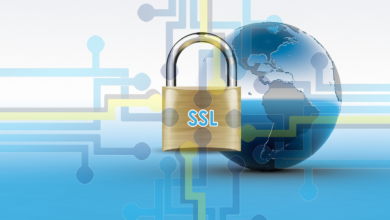Digital Strategy
[Statistics] Top 20 websites in Lebanon (February 2018)
Most Visited Websites in Lebanon - All Categories

Analyzing performance of top sites in certain country will provide a general overview of the digital population interests and demands and help digital strategists set strategies to better fit. If you are looking to build a digital strategy in Lebanon, the below list will give you a brief idea of the Top 20 websites in Lebanon in all categories.
Top Websites in Lebanon
| Site | Site Nationality |
Daily time on Site | |
| 1 | Google.com |  |
7:24 |
| 2 | Youtube.com |  |
8:13 |
| 3 | Facebook.com |  |
10:57 |
| 4 | Live.com |  |
4:02 |
| 5 | Bintjbeil.org |  |
3:43 |
| 6 | Yasour.org |  |
4:22 |
| 7 | Greenarea.me |  |
2:51 |
| 8 | Wikipedia.org |  |
4:16 |
| 9 | Yahoo.com |  |
3:57 |
| 10 | Saidaonline.com |  |
6:41 |
| 11 | Instagram.com |  |
5:26 |
| 12 | Lebanon-lotto.com |  |
3:25 |
| 13 | Office.com |  |
3:42 |
| 14 | Aliexpress.com |  |
13:45 |
| 15 | Msn.com |  |
3:46 |
| 16 | Lebanonfiles.com |  |
17:27 |
| 17 | Blogspot.com |  |
7:28 |
| 18 | Twitter.com |  |
6:25 |
| 19 | Elnashra.com |  |
7:28 |
| 20 | Almodon.com |  |
3:25 |
With our help, your site can make it to the top 20 list, contact us here.
Disclaimer:
- Top Websites in Lebanon: The sites in the top sites lists are ordered by their 1 month Alexa traffic rank. The 1 month rank is calculated using a combination of average daily visitors and pageviews over the past month. The site with the highest combination of visitors and page-views is ranked #1.
- Duplicate sites such as google.com and google.com.lb are considered as one site.
- Ads service websites such as deloton.com are ignored.






